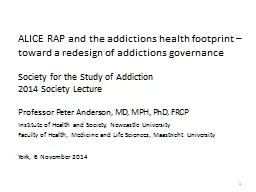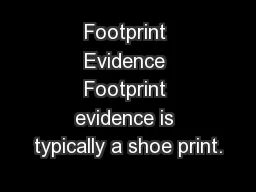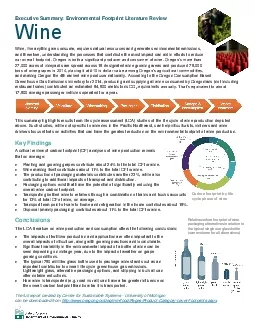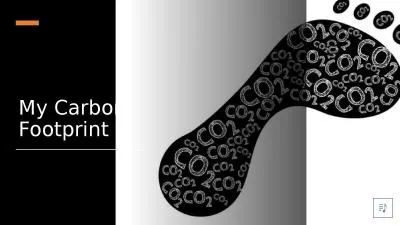PPT-Your Global Footprint
Author : lindy-dunigan | Published Date : 2017-12-16
Credit based on Maths lesson ideas from David Brown Nelson Mandela Schule Berlin The project Global Fairness Schools as Agents of Change has been funded with
Presentation Embed Code
Download Presentation
Download Presentation The PPT/PDF document "Your Global Footprint" is the property of its rightful owner. Permission is granted to download and print the materials on this website for personal, non-commercial use only, and to display it on your personal computer provided you do not modify the materials and that you retain all copyright notices contained in the materials. By downloading content from our website, you accept the terms of this agreement.
Your Global Footprint: Transcript
Download Rules Of Document
"Your Global Footprint"The content belongs to its owner. You may download and print it for personal use, without modification, and keep all copyright notices. By downloading, you agree to these terms.
Related Documents














